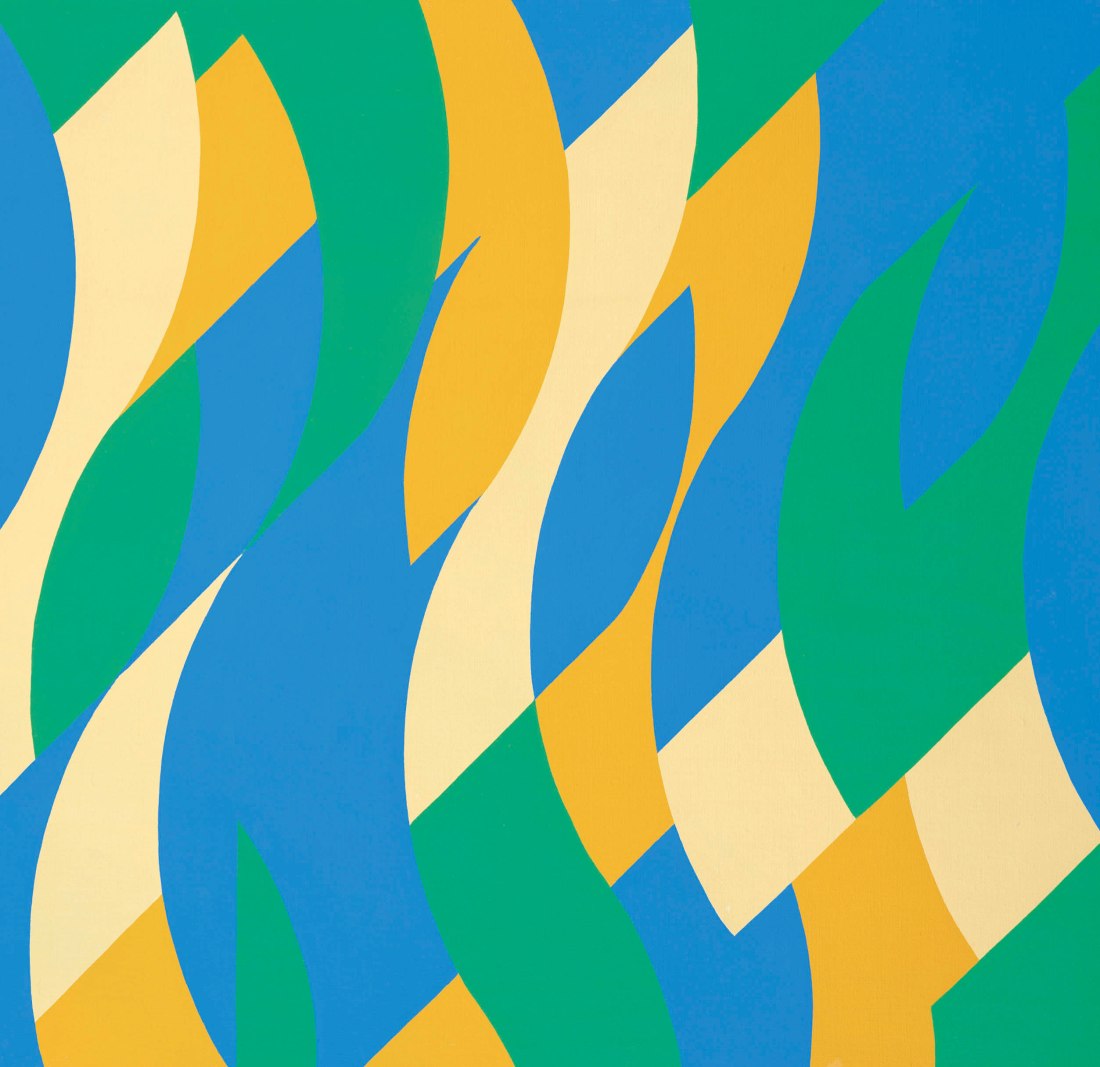Imagine standing in front of a geometric black and white painting with a repeating pattern, a zigzag for example, and wondering why it attracted your attention. At first you do not understand, but as your eyes examine the paintings surface you will start to see movement in there. You do not believe your eyes since it is only paint on a canvas, or is it a trick? No, this is what meeting an early Bridget Riley painting is like. The Gemeentemuseum in The Hague currently houses an exhibition where you can experience this for yourself.
Tag: colour
Alice Wonders
Lewis Carroll’s Alice’s Adventures in Wonderland (1865) never ceases to spark the imagination. From the many book versions to a multiplicity of plays, dances etc., the story remains popular. Even visual artists find inspiration in Carroll’s famous narrative, as the recent exhibition No Cover Image at Arti et Amicitiae proved. Artists Stephan Jäschke, Laurent Proux, Tillmann Terbuyken, Marjolijn de Wit, Thijs Rhijnsburger, Arthur Stokvis and Bonno van Doorn created a space where one art piece flows over into the next and engaged the audience.
Colorful reflection
Big shoes, collar, overdone painted smile, red round nose and an overall colorful outfit, who does not recognize the figure of the clown? He is a well-known character in popular culture and therefore presented artists with a relatable subject. Artists like Pablo Picasso, Auguste Renoir, Georges Seurat and Charley Toorop have concerned themselves with this red-nosed individual in their paintings. Today the colorful appearance of the clown decorates the exhibition space of the Boijmans van Beuningen in Ugo Rondinone’s Vocabulary of Solitude.
Step into a new world
The work of Kees de Goede (1954) never held a particular interest for me until I came across his exhibition in De Pont Museum. Kees de Goede is a Dutch artist who transforms his encounters with and his astonishment of the world around him into abstract paintings. Nature is an important source of inspiration for De Goede, so much so that he even integrates parts of it in his work. Examples of this are his canvasses stretched over a support of branches, which at several places almost appear to pierce through the linen. This method adds an illusory kind of movement to the artwork, as if a being tries to come out from the other side of the painting. Some of these works actually have a hole in the center, which contradicts the impression by reveiling there is nothing behind the linen.



